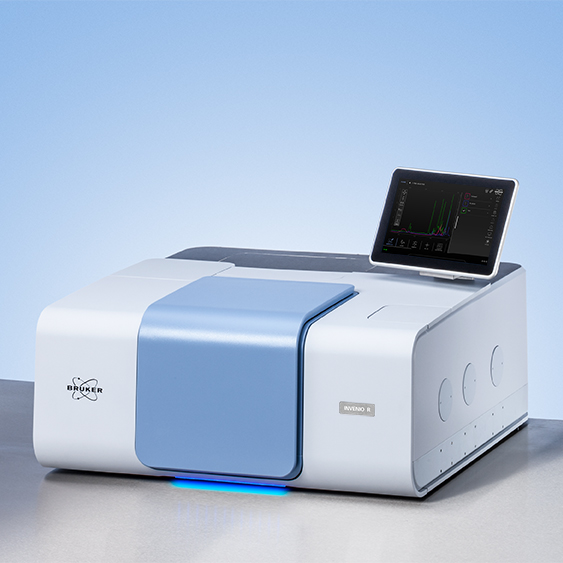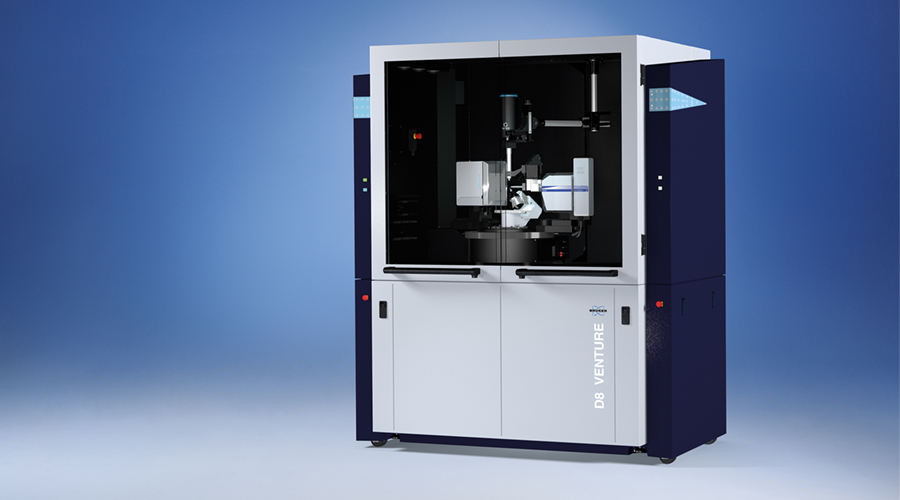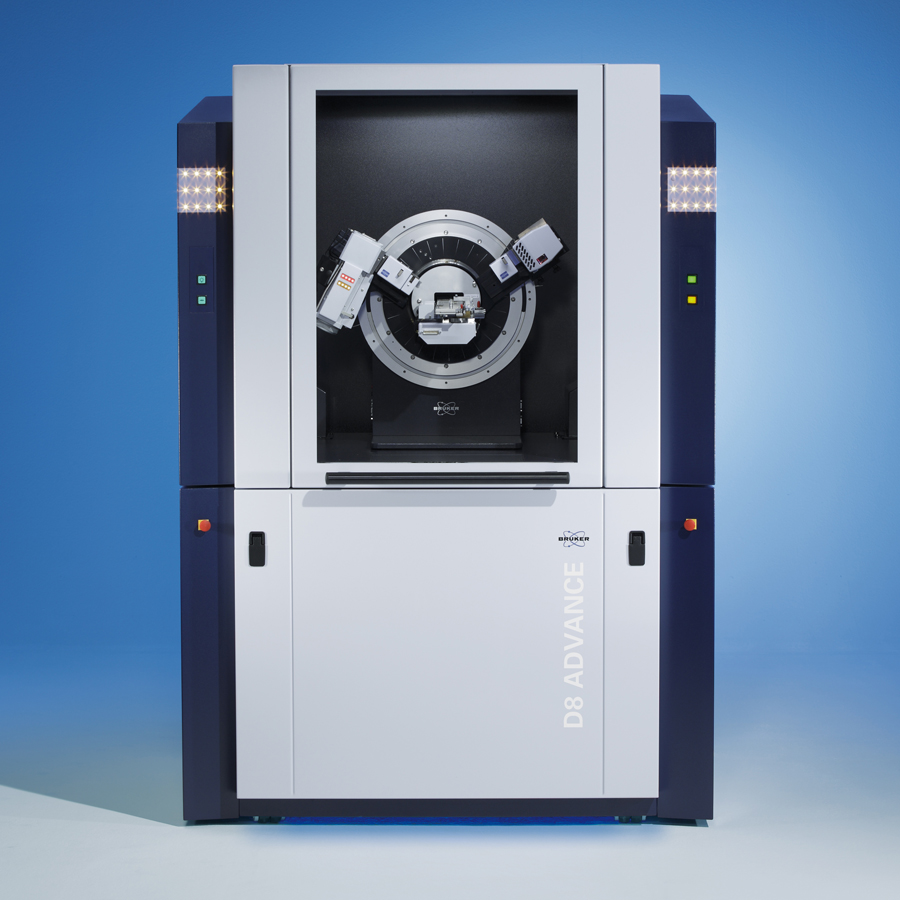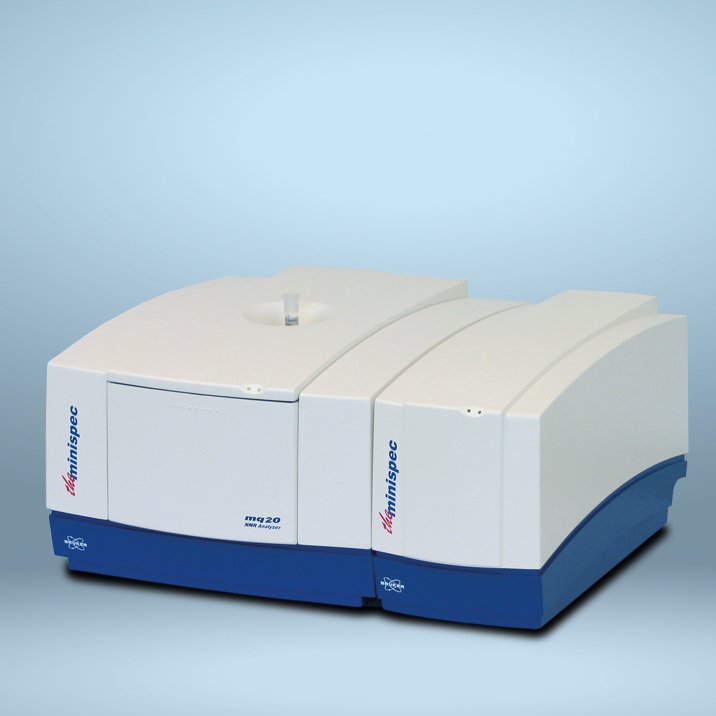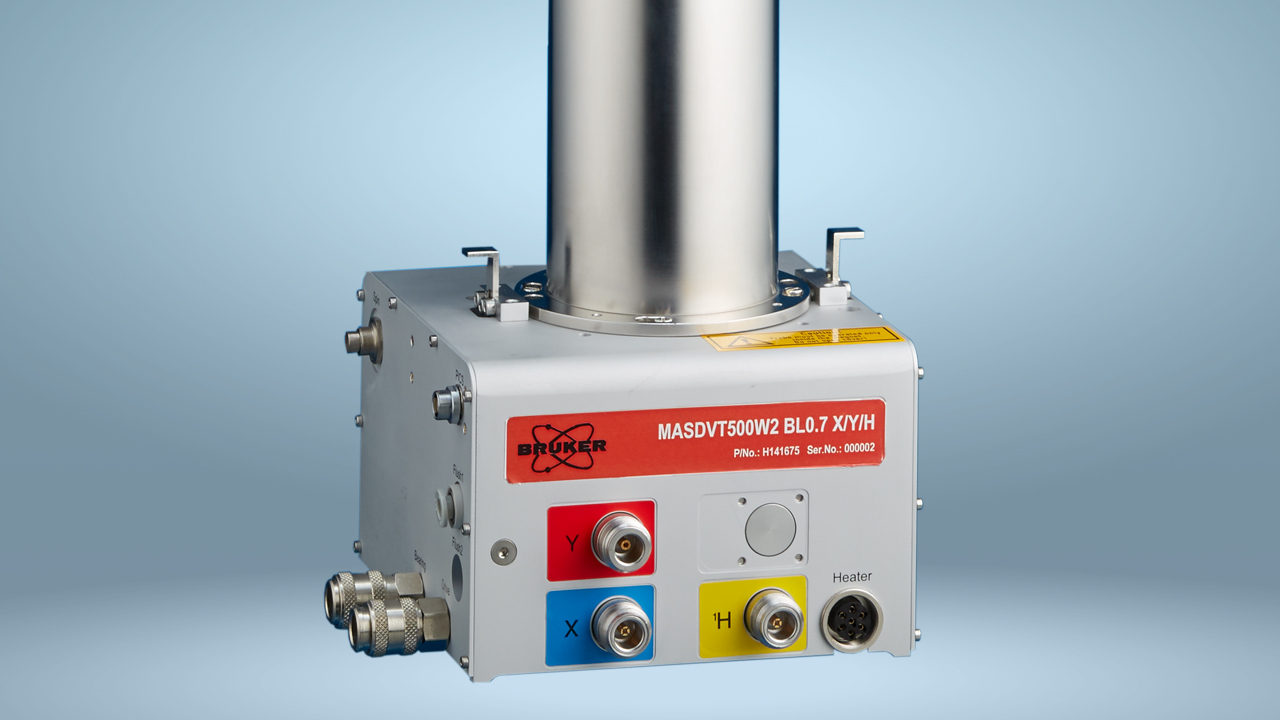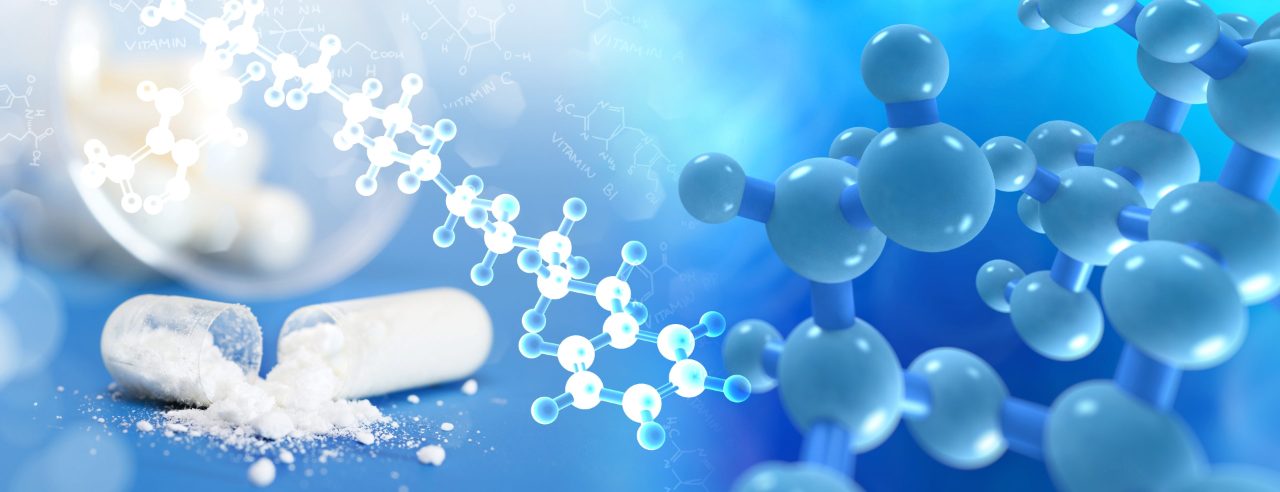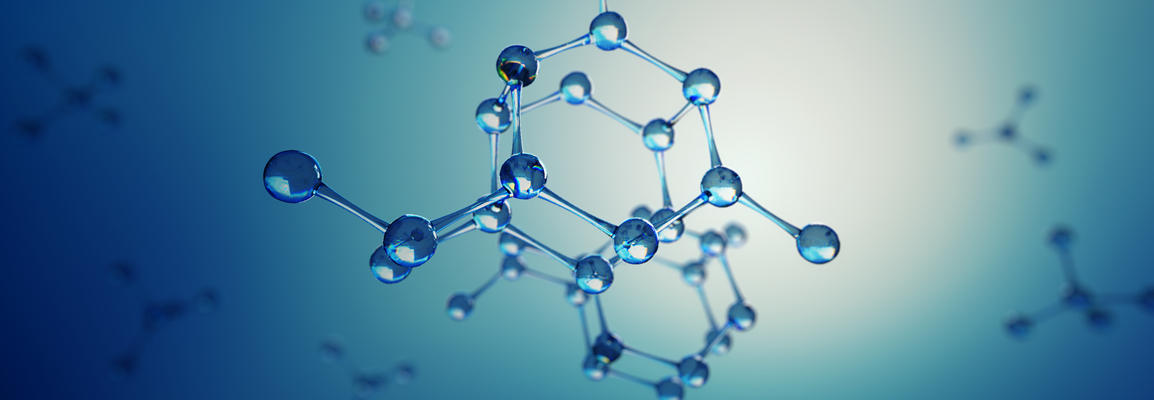

Solid Form
Polymorphism describes the fact that some materials with the same composition can exist in more than one crystalline form, characterized by different molecular packing. The ability to identify, understand, and control the polymorphic form of a material is important to multiple technical fields but is of special relevance to the field of pharmaceuticals.
Most pharmaceutical products are administered as solids (e.g. tablets, capsules and inhalation materials) and the polymorphic form of the Active Pharmaceutical Ingredient (API) is of direct interest because it can influence the dissolution behaviour of the product in-vivo, and therefore the bioavailability.
In turn, the polymorphic form of the API can be affected by processing, formulation and storage conditions so it is often important to carry out checks during API synthesis route development, formulation development, storage and manufacture etc.
It is possible that an API can exist in multiple different polymorphic forms, and the determination of form or of the combination of forms, in a specific sample can be technologically challenging, especially when there are other important factors affecting the overall picture such as the existence of solvates, hydrates and also amorphous material. Thus, the analytical challenges can be difficult, and multiple methods are typically used across the industry.
The four leading techniques (X-ray Diffraction, NMR spectroscopy, Raman spectroscopy and MIR spectroscopy) are available from Bruker. These techniques are highly complementary and all have the advantages of being well-established, information rich, non-destructive in nature, and requiring only a small amount of sample (10s to 100s of mg) per assay.
X-ray diffraction techniques play a crucial role for characterization of polymorphism at all stages within the drug life cycle. X-ray powder diffraction (XRD) is widely used for detection and identification (‘finger-printing’) of known and new, previously unknown phases. Once identified, quantitative phase analysis of crystalline as well as amorphous materials can be performed. Both, single crystal X-ray diffraction (SC-XRD) and XRD allow ab initio determination of crystal structures. SC-XRD is the most definitive and preferred technique; most significantly it enables the determination of absolute structures thus making it the tool of choice to characterize enantiomers. XRD plays a crucial role in structure determination using powders whenever suitable single crystals cannot be grown.
Solid-state NMR spectroscopy (SSNMR) is an excellent complementary analytical technique to characterize the solid forms of drug substance and drug product. SSNMR is used to identify different crystalline and/or amorphous forms, to monitor form conversion during API scale up, detect low amounts of other forms (e.g. crystalline in amorphous), measure relaxation times for prediction of physicochemical stability, and guard intellectual property. Similarly, drug product is uniquely suited to characterization by SSNMR because excipients typically do not significantly interfere with the analysis, even at low levels of drug substance in the drug product.
Time Domain NMR spectroscopy (TD-NMR) is ideal for the quantification of amorphous in the presence of crystalline form and/or excipients, with high accuracy, even when amorphous is present at low level. It is a non-invasive technique: samples remain intact after measurement. Samples can also be measured in their own container. TD-NMR has the additional advantages typically associated to benchtop instrumentation: ease-of-use, low cost and small footprint.
Raman spectroscopy enables the fast and reliable differentiation between polymorphs and is therefore widely used to characterize materials in solid form. Products such as tablets can be analyzed by Raman microscopy and imaging, allowing the determination of the spatial distribution of a specific polymorph, as well as the identification of contaminants. The technique can also be used to study the transformation between different polymorphic forms, when exposed to high temperature or pressure. Furthermore, handheld instruments and high throughput (HTS) options offer powerful solutions for routine quality control.
MIR spectroscopy is the routine method to identify chemicals, whereas in Far Infrared (FIR) spectral range back bone vibrations in crystal lattices are detected for polymorph differentiation. Bruker’s intelligent FTIR spectrometers with the unique FM technology offers the measurement of the complete FIR-MIR spectral range in one step and allows for simultaneous identification and polymorph screening of samples. Combined with modern diamond attenuated total reflection ATR accessories the substance can be directly analyzed without any sample preparation, simplifying the daily work in pharmaceutical R&D and manufacturing.
LabScape
Service & Life Cycle Support for Magnetic Resonance and Preclinical Imaging
Bruker’s commitment to provide customers with unparalleled help throughout the buying cycle, from initial inquiry to evaluation, installation, and the lifetime of the instrument is now characterized by the LabScape service concept.
LabScape Maintenance Agreements, On-Site On-Demand and Enhance Your Lab are designed to offer a new approach to maintenance and service for the modern laboratory
